Digital Asset Management streamlines the storage, organization, and retrieval of an organization's digital files, enhancing operational efficiency and content management strategies.
Mature Digital Asset Management solutions offer tools that help businesses preserve digital files with robust organizing and sharing capabilities. These solutions often include features like metadata tagging, version control, and search functionality, which facilitates easy access and improved collaboration between teams. Enhanced security measures protect assets, ensuring only authorized users can modify or access sensitive materials.
What are some critical features of this solution?Digital Asset Management is valuable across industries. In media and publishing, it organizes and archives vast libraries of images and videos. In manufacturing, design files and specifications are managed centrally. Retail uses it for consistent branding across multiple channels and regions.
Digital Asset Management helps organizations efficiently store, organize, and secure their digital content. This improves access, collaboration, and overall productivity.
| Product | Market Share (%) |
|---|---|
| Aprimo | 11.0% |
| Adobe Workfront | 9.9% |
| Box | 6.6% |
| Other | 72.5% |


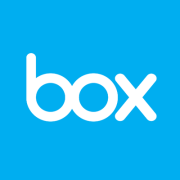
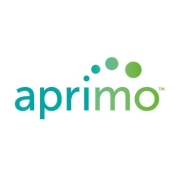
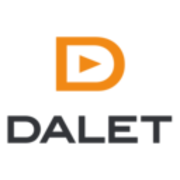




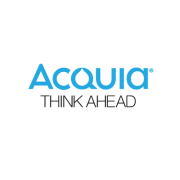

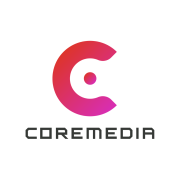




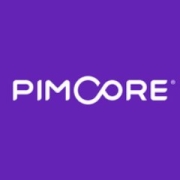






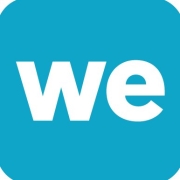










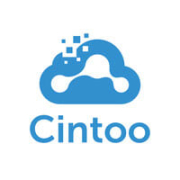
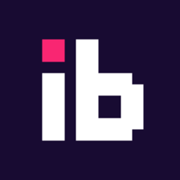








Digital Asset Management enhances team collaboration by providing a centralized location for all digital files, ensuring everyone has access to the most up-to-date assets. With features like version control and user permissions, you can streamline workflows and reduce bottlenecks. Teams can comment directly on assets, enabling faster feedback loops and clear communication, which improves productivity and ensures project consistency.
What key features should you look for in a Digital Asset Management solution?When evaluating Digital Asset Management solutions, prioritize features like robust metadata tagging, easy search functionality, and seamless file sharing. Look for integrations with existing tools like content management systems and creative software. Security features, including access controls and encryption, are essential, along with scalability to accommodate future growth. A user-friendly interface can also enhance user adoption and efficiency.
Why is metadata management crucial for Digital Asset Management?Metadata management is vital for Digital Asset Management as it facilitates quick and easy retrieval of assets. It provides context to assets, making them more searchable and organized. Proper metadata ensures assets are categorized correctly, which is critical for efficient workflows and effective asset utilization. It also aids in maintaining brand consistency across various channels by helping you locate and use the correct versions of assets promptly.
How does Digital Asset Management support brand consistency?Digital Asset Management supports brand consistency by storing all brand assets in one centralized location, guaranteeing that only approved and updated content is used in marketing materials. You can set permissions and guidelines for asset usage, ensuring that every team member accesses only brand-approved imagery, logos, and messages. This uniformity reinforces brand identity across all platforms and campaigns, helping maintain a coherent brand image.
What are the ROI benefits of implementing a Digital Asset Management system?Implementing a Digital Asset Management system can significantly enhance ROI by reducing time spent searching for files, increasing asset reuse, and decreasing duplication. It cuts down on production costs by allowing easy access to existing assets. With streamlined workflows and improved efficiency, your team can focus on strategic tasks rather than tedious asset management, driving productivity and generating more value from your digital assets.